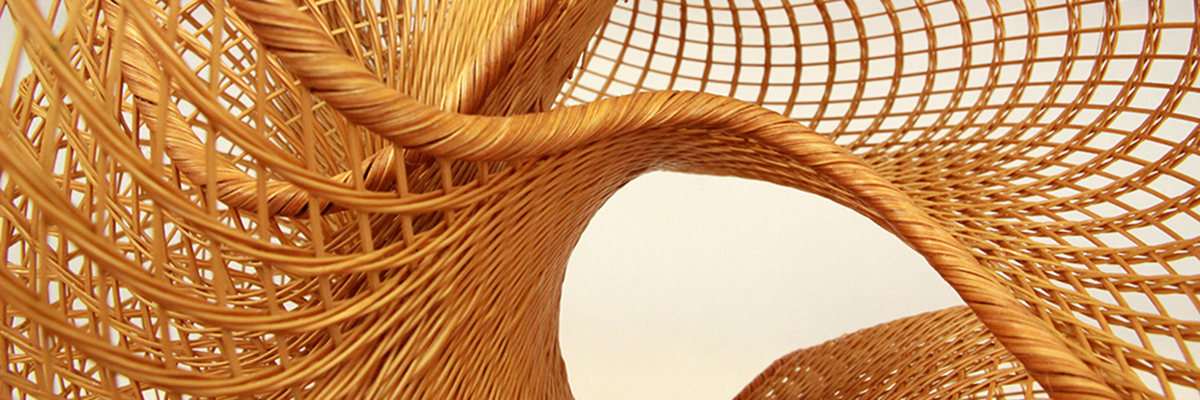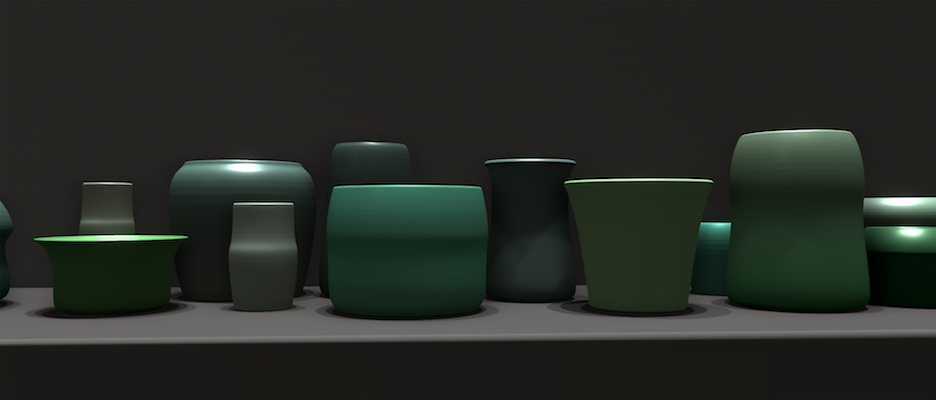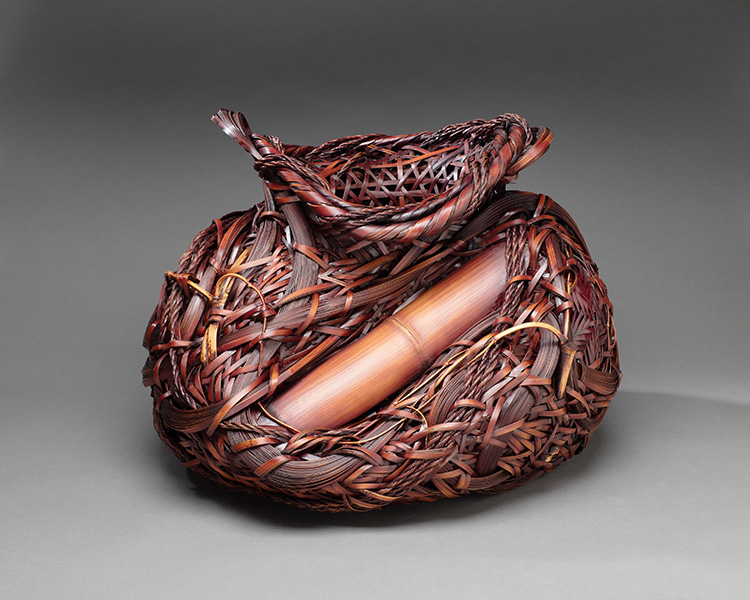Bamboo combines lightness, strength, and flexibility with natural beauty. In Japan, it is used to make buildings, rope, fences, furniture, animal traps, arrows, fishing rods, farming tools, kitchen implements, musical instruments, religious articles, cloth, paper, baskets, boxes and, of course, art.
The Japanese people have been making baskets out of bamboo for thousands of years; however, it was the flowering of tea ceremony in Japanese culture after the 15th century that led to a demand for finely made bamboo tea articles and elaborate Chinese-style flower arranging vessels. A pool of talented bamboo artisans developed to meet this demand.
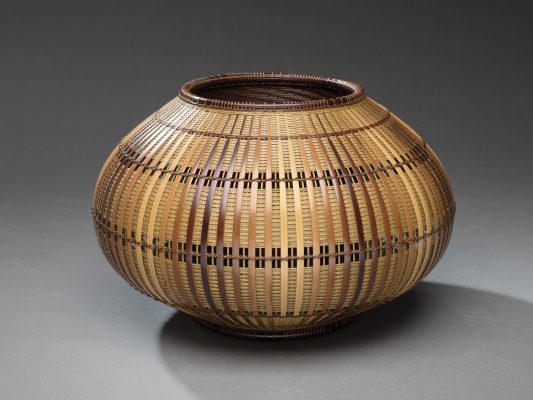
The mid-19th century saw the first appearance of ambitious, artist-signed baskets and the development of an original Japanese style. These early bamboo artists excelled at both traditional formal Chinese-style baskets and the wabi-sabi Japanese aesthetic, which embraces imperfection, simplicity and irregularity. This period established the technical and philosophical standards for bamboo artists to come.
Bamboo is an incredibly expressive and demanding medium. It takes an artist many years to acquire the basic skills and techniques of harvesting, processing, splitting, dyeing, weaving, bending and knotting. Mastery is a life-long process.
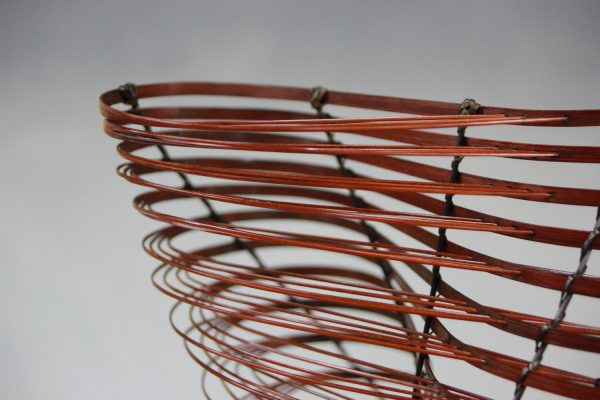
The 20th century saw the development of radical new ideas about what a bamboo basket could be. The first completely sculptural bamboo works emerged in the postwar period. Today’s bamboo artists continue to expand and refine these traditions with the understanding that the artist’s creative vision, whether expressed through a sculptural form or a functional vessel, is as important as their technical mastery.

